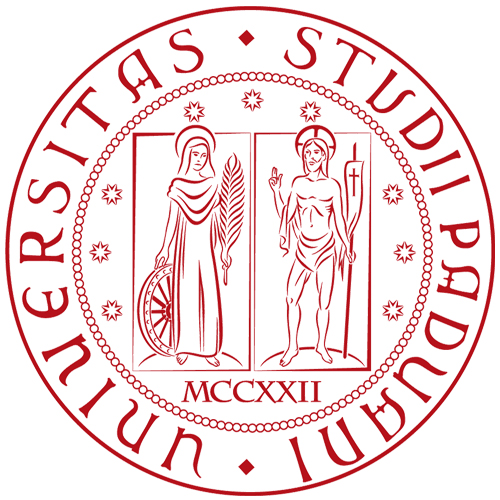PHRC035 : Dedication to Arsinoe Philadelphos, Archimandrita (Palaipaphos) - Cyprus (270-240 BC) Dedication
Permanent ID http://s.phrc.it/phrc035
Text constituted from: I.Paphos 10.
Other editions: .
See also: Nicolaou 1963, p. 46, no. 8 (SEG XXIII 646); Nicolaou 1993, p. 227, cat. l; Anastassiades 1998, p. 137, no. 1; Caneva 2014, no. 18.
Images: I.Paphos, fig. 40.
Further bibliography:
Online record: PHI
For its quasi-squared section and the rough quality of the inscription, this altar has its closest parallel at Palaipaphos in the altar PHRC031. The find spot Archimandrita is probably a secondary location, which makes the stone a ‘pierre errante’ probably reused in modern times as building material or for decorative purposes (contra, see Cayla in I.Paphos 10, who interprets this location as the original one of the altar). As other specimens from the Paphos area, the altar has a shallow depression on its top, probably used for vegetable offerings.



